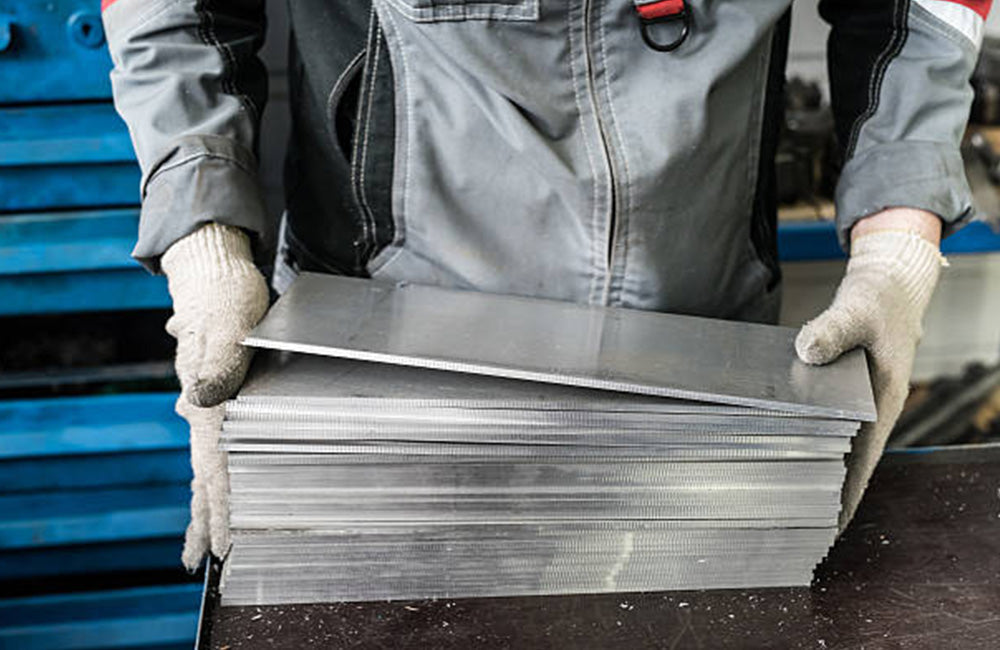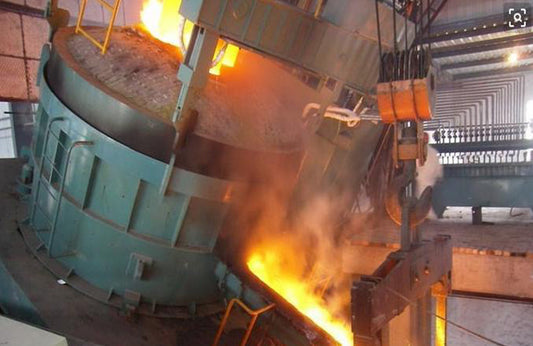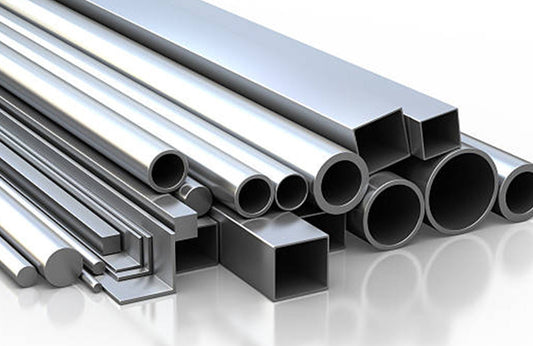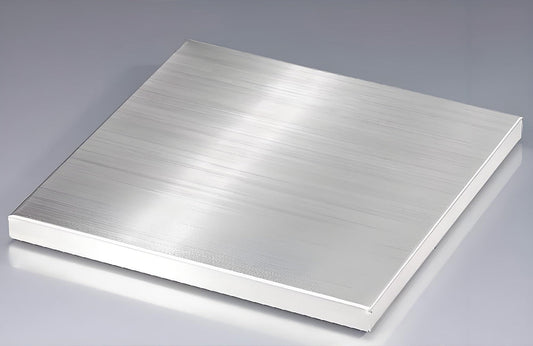
How to Choose the Right Stainless Steel Sheet
1. What Does Stainless Steel Sheet Thickness Mean?
Stainless steel sheet thickness refers to how thick the material is, usually measured in millimeters (mm) or gauge (GA).
In metric units, you’ll often see: 0.5mm, 1.0mm, 2.0mm, etc.
In imperial units, especially in the US, gauge numbers are used: 16 GA, 18 GA, etc.
Note: A higher gauge means thinner sheet (opposite of mm).
2. Stainless Steel Sheet Thickness Chart (Gauge to mm)
| Gauge (GA) | Thickness (mm) | Common Use Cases |
|---|---|---|
| 22 GA | 0.8 mm | Kitchen backsplash, wall paneling |
| 20 GA | 1.0 mm | Decorative cladding, enclosures |
| 18 GA | 1.2 mm | General purpose, restaurant equipment |
| 16 GA | 1.5 mm | Industrial worktops, sinks |
| 14 GA | 2.0 mm | Machinery covers, heavy-duty usage |
| 11 GA | 3.0 mm | Structural applications, heavy fabrication |
Note: Actual thickness may vary slightly based on standards like ASTM or JIS.
3. How to Choose the Right Thickness – Use Case by Category
Thickness and Material Grades: Does It Matter?
Yes. Different grades like 201, 304, 316 respond differently to thickness due to hardness and corrosion resistance:
| Grade | Typical Thickness Range | Features | Recommended Applications |
|---|---|---|---|
| 201 | 0.4mm – 1.5mm | Cost-effective, less corrosion-resistant than 304 | Interior decoration, kitchen panels |
| 202 | 0.5mm – 1.5mm | Similar to 201, better toughness | Appliances, sinks, household items |
| 304 | 0.5mm – 3.0mm+ | Excellent corrosion resistance, food-safe | Food equipment, kitchenware, medical use |
| 304L | 1.0mm – 3.0mm | Low carbon version of 304, good for welding | Chemical tanks, welded structures |
| 316 | 0.8mm – 3.0mm+ | Marine-grade, high resistance to chlorides | Marine parts, chemical processing |
| 316L | 1.0mm – 3.0mm | Low carbon, excellent weldability | Coastal structures, pharma equipment |
| 409 | 1.0mm – 3.0mm | Heat-resistant, low cost | Automotive exhaust systems |
| 410 | 1.0mm – 3.0mm | High strength, heat treatable, magnetic | Industrial parts, valves, blades |
| 420 | 1.0mm – 2.5mm | High hardness, polishable | Cutting tools, surgical instruments |
| 430 | 0.5mm – 2.0mm | Magnetic, good corrosion in dry environment | Kitchen panels, appliances, washing machine back panels |
| 439 | 0.6mm – 2.0mm | Better corrosion resistance than 430 | Automotive trim, mufflers |
| 441 | 0.8mm – 2.5mm | Stabilized ferritic, weldable | Heat exchangers, catering equipment |
| 444 | 1.0mm – 2.5mm | Superior corrosion resistance to 316 in some cases | Water tanks, solar heater panels |
Tips:
Austenitic grades (304, 316): More suitable for applications requiring high corrosion resistance.
Ferritic grades (430, 409): Lower cost and magnetic; suitable for decoration and appliance back panels.
Martensitic grades (410, 420): Suitable for machining and applications requiring high hardness.
5. FAQ: Thickness-Related Questions
Q1: Is 1mm stainless steel sheet strong enough?
→ Yes, for most indoor uses like cabinet panels or cladding.
Q2: What is the most common thickness for 304 stainless steel?
→ Between 0.8mm and 1.5mm, depending on use.
Q3: Can I bend or weld 2mm stainless steel sheet?
→ Yes, but may require industrial tools due to hardness.
Conclusion – Get the Thickness Right Before You Buy
Choosing the correct stainless steel sheet thickness isn’t just a technical detail — it directly affects your cost, usability, and final result.
Before purchasing, always consider:
-
Your application
-
Desired durability
-
Type of grade
-
Budget
Need Help Selecting the Right Sheet?
we provide customized thickness, grade consultation, and cut-to-size service to match your exact requirements.
Contact us today or check our Stainless Steel Sheet Collection to explore available thickness and finishes.



